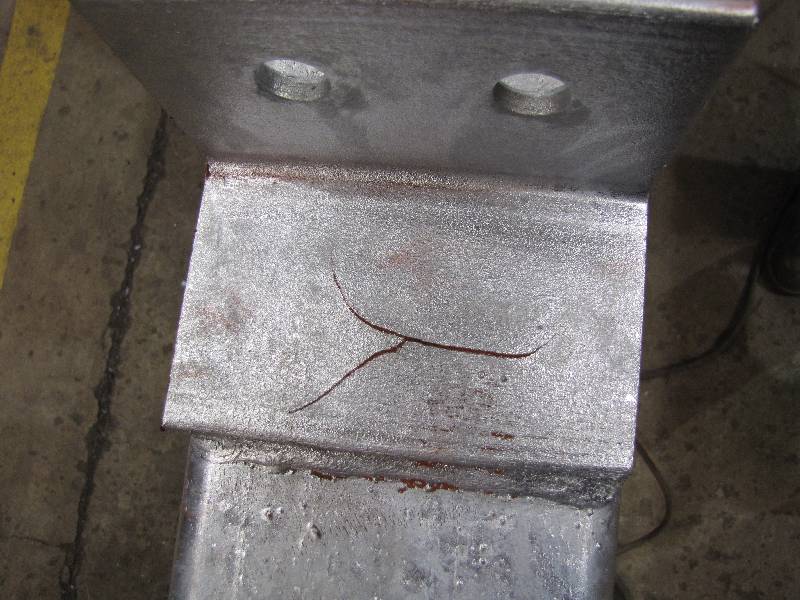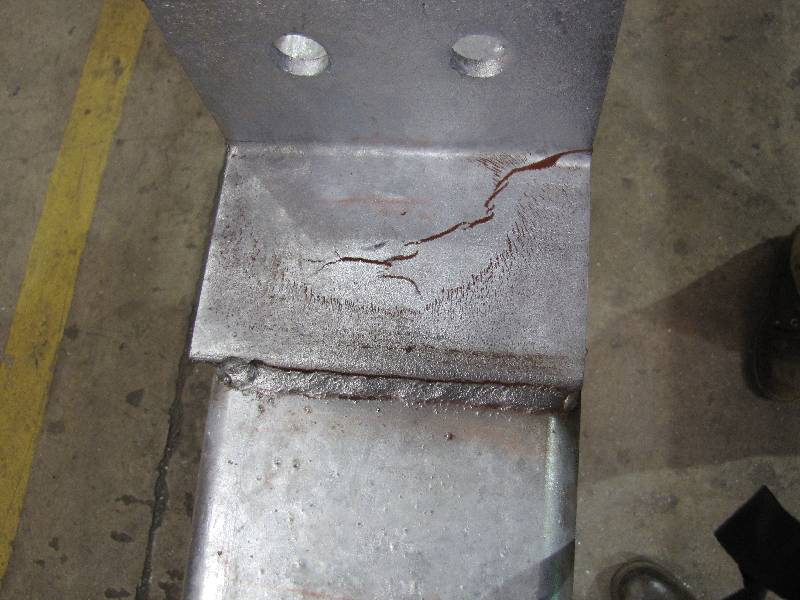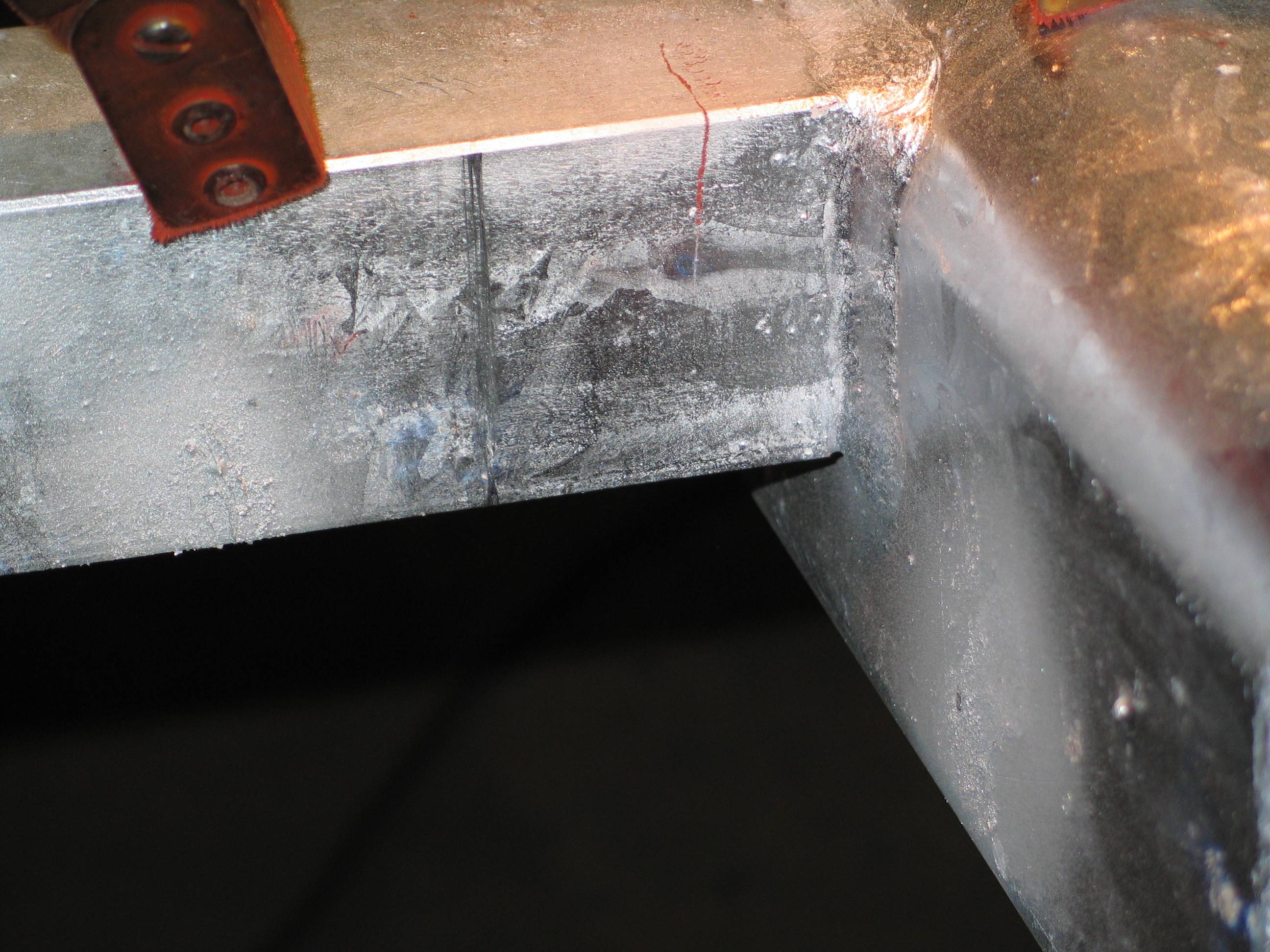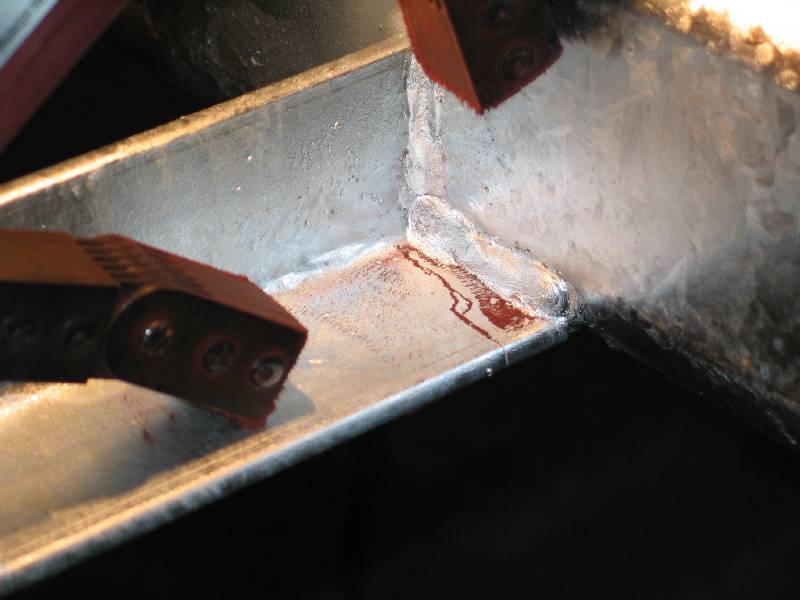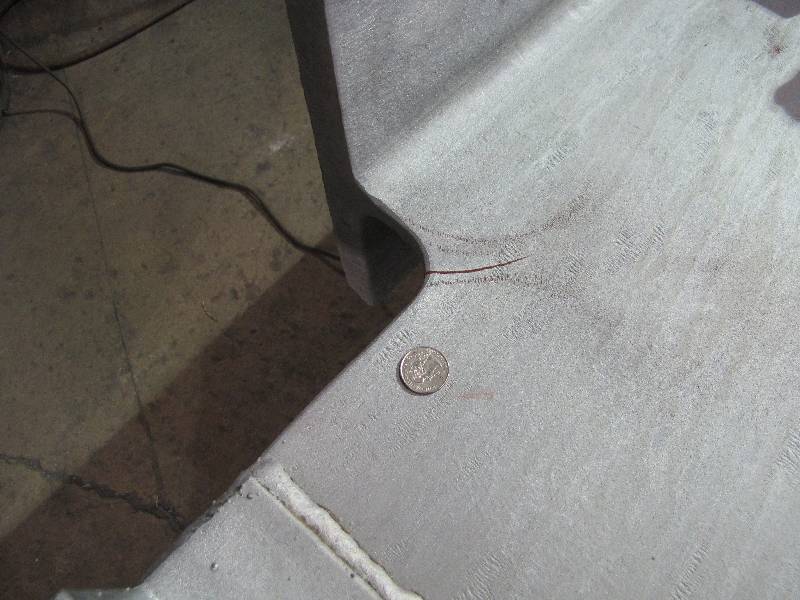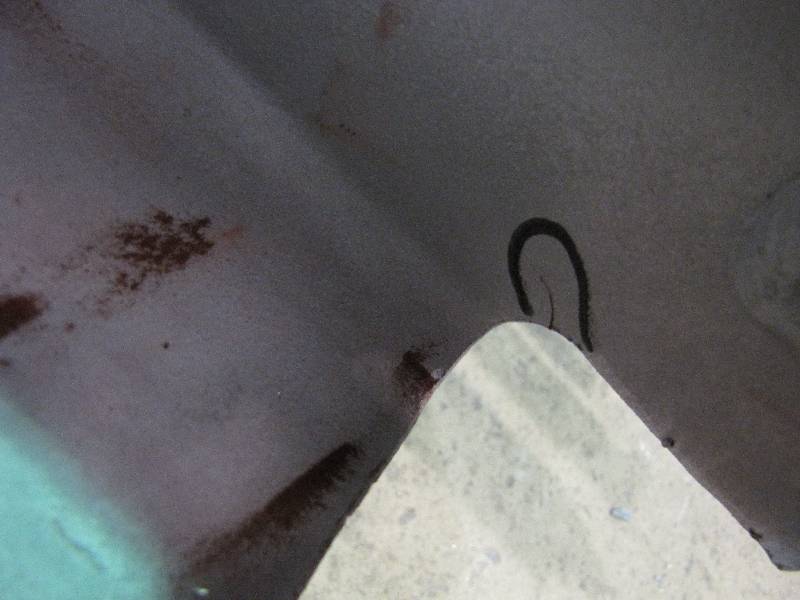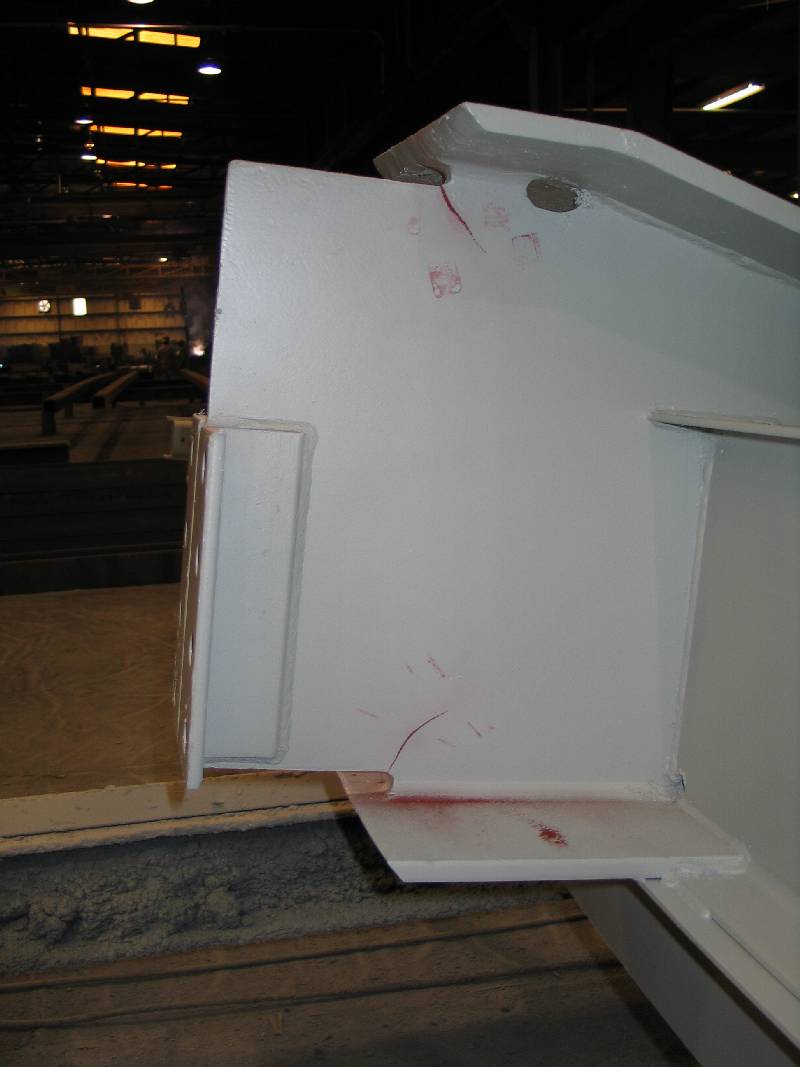
Well Chris...in my neck of the woods there were two different plants years ago, but now both locations are owned by one and the same....so does that really count as two different plants or not? LOL
I used to be pretty quick to announce that I didn't think that this happened at one plant and always happened at the other(<--my apology to that galvanizer who I gave such a fit to for a number of years)...but in the galvanizer's defense, I'm not sure that I had done enough testing of galvanized material back then (10 or more years ago) to say that I was sure it only happened through one vendor and not the other. The cracking after galv'ing was new to me back then and I had only spoken to a few people who were aware of that fact that it can happen, at that time.
What I do know at this point is...I am
positive that cracking happens from time to time and that bringing it back to my shop is a must for me to be sure that a piece doesn't make it in the air without some magic MT dust being applied for some peace of mind. Hopefully I can convince our estimating dept of this reality and get them on board with me.
Now, the warping and plugging of vent holes is different matter all together, but is also a reason to bring our material back to the shop, rather than trying to deal with all of that in the field.
I'm not dissing anyone who has the confidence to send their material straight to the job, I'm just saying that isn't my preference based on my testing experience of our material.

